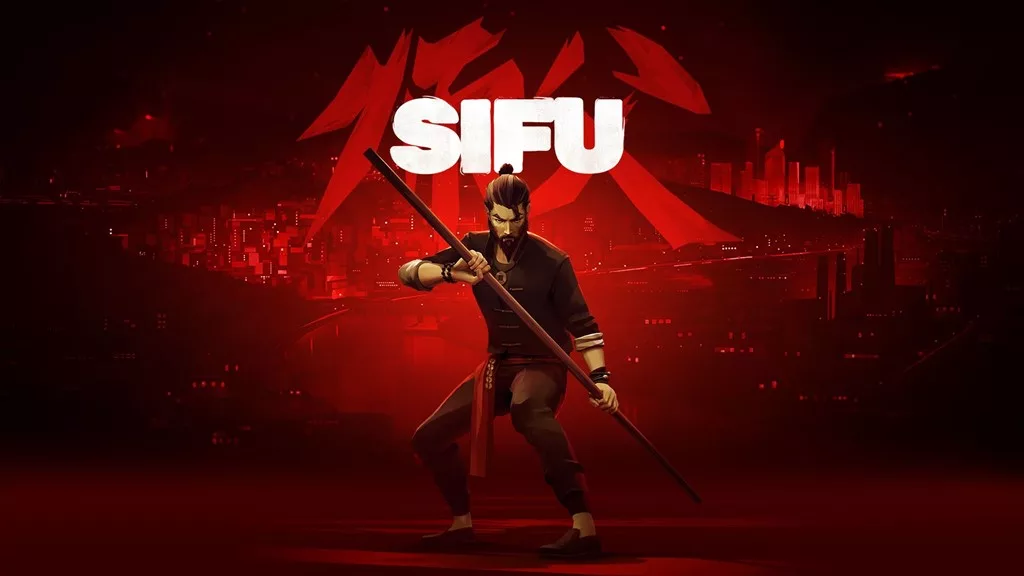A little over a year since its original console release, Sloclap’s martial arts brawler Sifu has released on Xbox, bringing with it the launch of the new Arenas mode.
Set in modern-day China, Sifu tells the story of a young kung fu student out for revenge after witnessing the murder of his Family by a notorious criminal organisation many years earlier. The journey sees you fight your way through five levels with the end goal of each to extract your own personal vengeance on a member of the gang involved on that fateful night.
Each stage’s design is distinct with incredible attention to detail packed in, and I couldn’t help but notice subtle nods to a few films throughout. First stage ‘The Squats’ Hallway Scene is a homage to thriller Oldboy, the boss at the end of third stage ‘The Museum’ made me think of O-Ren from the Kill Bill series and one of the challenges in Arenas mode reminds me of Jet Li’s Danny the Dog. In amongst the chaos of these stages are points of interest you can interact with which get added to your detective board, a tool you can access mid-level or in your pre-mission hub that consists of photos, documents, and vital information which serves to piece together the story.

It didn’t matter if I was punching and kicking my way through an underground nightclub making me feel like a Jiu Jitsu John Wick or manhandling my way through a four-storey museum using pieces of expensive art as weapons, controls felt responsive and snappy, even when confronted by numerous enemies at once. Attacks are based on the Bak Mei fighting style of martial arts, one of the most brutal forms of combat known for its powerful, close-range strikes, and although it’s easy enough to throw a few punches and kicks, combos and learning when your window to attack is open takes time. If you were hoping to button mash your way to the end of each stage, think again. Learning to defend yourself is crucial to succeeding. Miss a block, parry, or dodge too often and you’ll die, and die often, which is where Sifu’s most interesting mechanic comes in to play, ageing.
Sifu’s ageing mechanic is more than a way of punishing you for in-game deaths, it’s something that adds an additional layer of strategy. Should you find yourself incapacitated at the hands of a group of weapon wielding enemies or a couple of big brutes, you’re able to restart at the exact point you fell in battle… at a cost.
Each time you hop back in your character ages, altering your appearance, lowering your health bar, and making you more vulnerable to having your structure broken. The first death raises your age by a year, but subsequent deaths see the gap between years grow. Come across a particularly tough part of a stage and you could easily see a decade flash before your eyes. Each time you reach a specific milestone in the ageing process (30, 40, 50, 60 and 70), one of the five charms on your pendant, which you use to resurrect yourself, disappear. Once your charms have disappeared, you’re unable to recover them on your playthrough. If you reach age 70 and are beaten in battle, you’ll be met with a game over, but you’ll retain any permanent unlocks before having to start your journey all over again.
There are ways to lower your death counter, defeating special enemies or accessing one of the Dragon shrines dotted about allows you to spend an eye watering 1,000XP to lower your counter by 5 years. Dragon shrines serve to increase your skills and abilities to swing the experience in your favour. Split in to ‘age-based’, ‘score-based’ and ‘XP-based’ categories that require you to spend your hard earned in game progression rewards to unlock. These upgrades are only temporary but can be turned in to permanent upgrades if you purchase each one several times.

Sifu’s arrival on Xbox brings with it Arenas mode, a substantial new add-on featuring a set of 45 challenge across 9 arenas, with an additional 6 sets listed as “coming soon”. Make no mistake these challenges are built to test you; they are truly unforgiving and rely on you to use everything you’ve learned to achieve success. It’s highly recommended that you don’t jump into this mode without having first played through the story and dedicated some of your time in the training mode, honing your skills and ensuring you know how to transition from a swift dodge into a devastating flurry of offense.
Modifiers accompany each challenge ensuring that each feels different from the last. One saw me fight 5 waves of increasingly tough enemies with my guard being ignored, relying on me only being able to deflect and avoid enemies, another saw me searching for specific targets that needed taking out in under a certain amount of time on a claustrophobic helipad high above the city, whilst one of the more aesthetically pleasing battles saw me with infinite health as I tried to rack up a high score in a torrential downpour during a stormy night. Capture mode, similar to King of the Hill modes in other games, is a fun change up to the formula of wave based and timed, and it’s interesting to see some elements of the story brought in amongst the second set of challenges.
My experience with Sifu was one of harsh lessons that left me with a sense of self reflection. I never once felt like the game was responsible for a mis-timed attack, that what I was faced with was too much, or that the AI was unfairly stacking the odds against me; everything that was happening was my fault and it forced me to change my approach if I wanted to progress. On the surface this is a simple tale of being driven for bloody revenge, but by playing through the game multiple times to reveal its two alternative endings, it shed light on a more complex tale of morality and consequence that I hadn’t anticipated.
Sifu is a must play and with more content to be released in the future, as well as a rumoured cinematic debut lined up from John Wick creator Derek Kolstad, it’s exciting to see where the future of Sifu and its universe could be heading.
Overall
-
CX Score - 95%95%
Summary
Pros
- Unique gameplay mechanics
- Engaging combat system
- Striking art style
Cons
- Steep learning curve may discourage some

